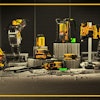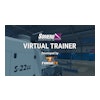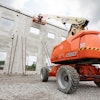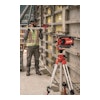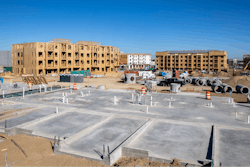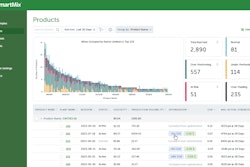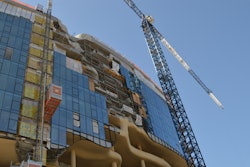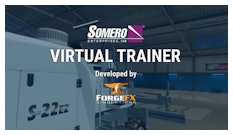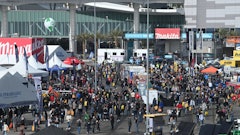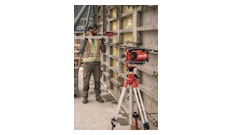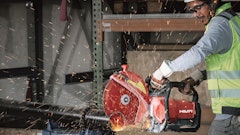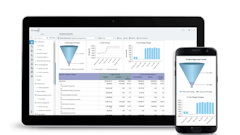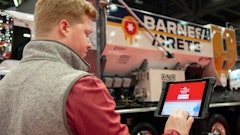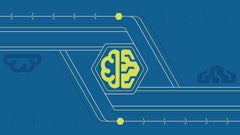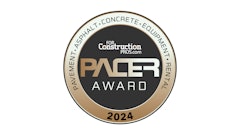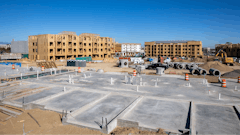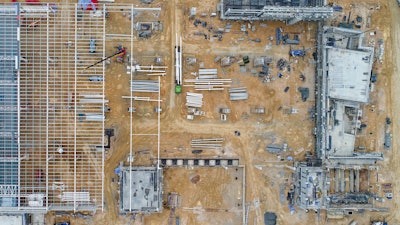
In the concrete and construction sectors, leased equipment is vital to project success. From concrete mixers to cranes, leasing enables companies to leverage high-performance machinery in a much more cost-effective way than through outright ownership. Effective management of these leased assets is challenging and can directly impact profitability, compliance, and operational efficiency.
Asset management software can be a transformative tool that can help companies track, maintain, and optimize their leased equipment. Robust asset management is critical for concrete contractors, and the right software solution can address common industry pain points.
Managing leased equipment is about so much more than just tracking where your assets are; it’s about understanding how they’re being used, maintaining compliance with accounting standards, and reducing downtime. Accounting standards such as ASC 842 require companies to accurately account for and report on their lease obligations. Non-compliance may lead to financial penalties and could jeopardize client trust. Asset management software automates compliance by standardizing lease records, including start and end dates, payment schedules, and usage terms. With all your lease details in one centralized system, you can be confident that you’re audit-ready at all times.
Improper tracking of leased assets can lead to costly errors, such as unnecessary lease extensions or failure to return equipment on time. By offering real-time visibility into your inventory, these software solutions empower teams to make informed decisions that keep costs in check.
In the fast-paced construction environment, underused or idle equipment is a significant drain on resources. Asset management tools provide actionable insights into usage patterns, enabling contractors to reallocate or terminate leases for equipment that’s not being utilized effectively.
Key Features of Effective Asset Management Software
To unlock the full benefits of asset management for leased equipment, contractors need a solution tailored to their industry’s unique demands.
Some essential features to look for:
- Real-Time Tracking - Knowing the location and status of your leased equipment is critical. GPS integration and barcode/QR code scanning allow teams to check equipment in and out efficiently, reducing loss and downtime.
- Maintenance Scheduling - Equipment downtime can derail project timelines and inflate costs. An asset management platform with built-in maintenance scheduling ensures your leased assets are always in optimal condition, extending their usable life and improving reliability.
- Mobile Accessibility - In construction, your office often moves with you. Mobile-friendly asset management software ensures you can access and update critical data from the job site, eliminating the need to return to a central office for updates.
- Custom Reporting - From compliance reports to ROI analyses, customizable reporting tools enable you to measure the performance of your leased equipment, keep track of key lease dates, and make more informed decisions overall.
As the construction industry continues to evolve, the ability to adapt and optimize operations will separate successful contractors from their competitors. Asset management software is no longer a luxury but a necessity in today’s competitive market. Such tools allow contractors to gain a powerful ally in managing leased equipment, ensuring compliance, cutting costs, and maximizing productivity. It’s time to move away from outdated systems and embrace technology that supports your team’s success.

